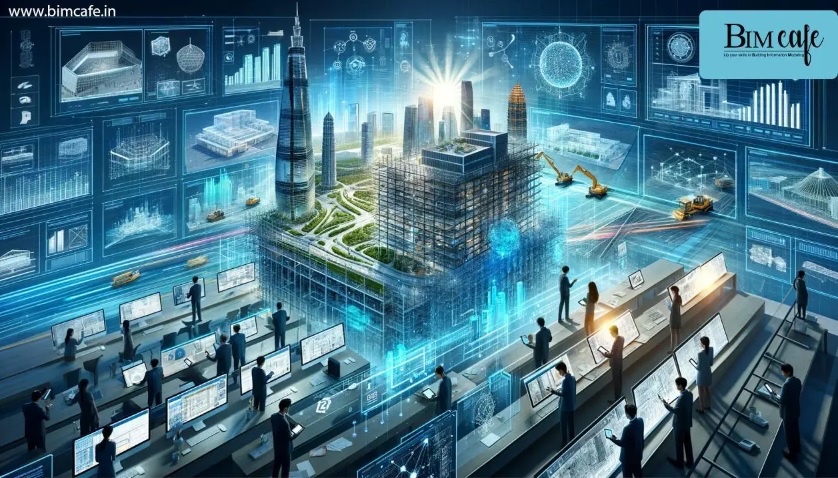The Transformative Impact of BIM on Modern Architecture and B.Tech Education
Welcome to the cutting-edge world of Building Information Modeling (BIM), a technology that has revolutionized the field of architecture and construction. As we delve deep into the capabilities and applications of BIM, we’ll explore why it is not only reshaping our built environment but also how it is becoming an indispensable part of education for Bachelor of Technology (B.Tech) graduates.
What is BIM?
Building Information Modeling (BIM) isn’t just about creating intricate 3D models of buildings; it’s a comprehensive process that facilitates the planning, design, construction, and management of buildings and infrastructure. By integrating information about design, construction, and project logistics, BIM allows architects and engineers to see the big picture and the minute details of their projects. This holistic view helps mitigate risks and allows for more informed decision-making throughout the lifecycle of a project.
Why BIM Matters in Today’s Architectural Practice
In contemporary architectural practice, BIM goes beyond traditional drafting and design techniques by embedding and linking vital information such as vendors for specific materials, the location of details, and quantities required for estimation and tendering. BIM’s capabilities allow for increased collaboration among stakeholders, leading to enhanced efficiency, reduced costs, and streamlined project timelines. The ability to virtually visualize complex systems before they are built reduces waste and unexpected complications.
The Role of BIM in Education: Preparing B.Tech Graduates for Tomorrow
Despite the significant advantages that BIM offers, there is a notable gap in how well B.Tech programs incorporate this crucial tool into their curricula. To better prepare students for the challenges of modern construction and architecture, educational institutions must integrate BIM training into their core teaching. Such an integration not only aligns with industry demands but also enhances the employability of graduates. For a more in-depth look at how BIM shapes the capabilities of B.Tech graduates, discover our insights.
Bridging the Gap in B.Tech Curricula
The integration of BIM into B.Tech curricula should not be limited to introductory courses; it demands a comprehensive framework that spans basic to advanced applications. This could include hands-on training with BIM software, understanding interoperability with other tools, and real-world problem-solving through internships or industry projects. Such practical experience is vital for students to grasp the full spectrum of BIM’s capabilities and applications.
Industry Demands and Educational Response
The construction industry is increasingly reliant on BIM technologies for various project phases, from pre-construction analysis through to facilities management. This shift demands that new graduates not only understand BIM but are proficient in using it to enhance project outcomes. Educational institutions need to respond to this industry shift by updating their technology stacks and training methods to include BIM as a fundamental aspect of architectural and engineering education.
BIM Expertise in Action: Case Studies and Real-World Applications
To highlight the practical applications of BIM, let’s consider a case study of a high-rise commercial project that utilized BIM to coordinate various structural, electrical, and mechanical systems. The project team was able to identify and resolve potential clashes in the design phase, which reduced delays during construction and resulted in significant cost savings. Such real-world examples provide invaluable learning experiences for students, demonstrating the tangible benefits of BIM in complex architectural projects.
Future Trends in BIM
Looking ahead, the evolution of BIM will include more advanced data analytics capabilities, integration with artificial intelligence to predict project challenges, and further developments in sustainability analysis to support green building initiatives. B.Tech programs must keep pace with these advancements to ensure graduates are well-prepared for the future of architecture.
Conclusion: Embracing BIM for a Brighter Future
As BIM continues to evolve, embracing it not only means staying relevant in a competitive field but also pushing the boundaries of what can be achieved in architecture and construction. For B.Tech students and professionals alike, mastering BIM is stepping into a future where they can lead innovation in building design and construction.
At BIMcafe, we are committed to driving this transformation by providing the resources, training, and insights needed to harness the full potential of BIM. Join us in shaping the future of construction, where innovation meets practicality, powered by education and collaboration.






